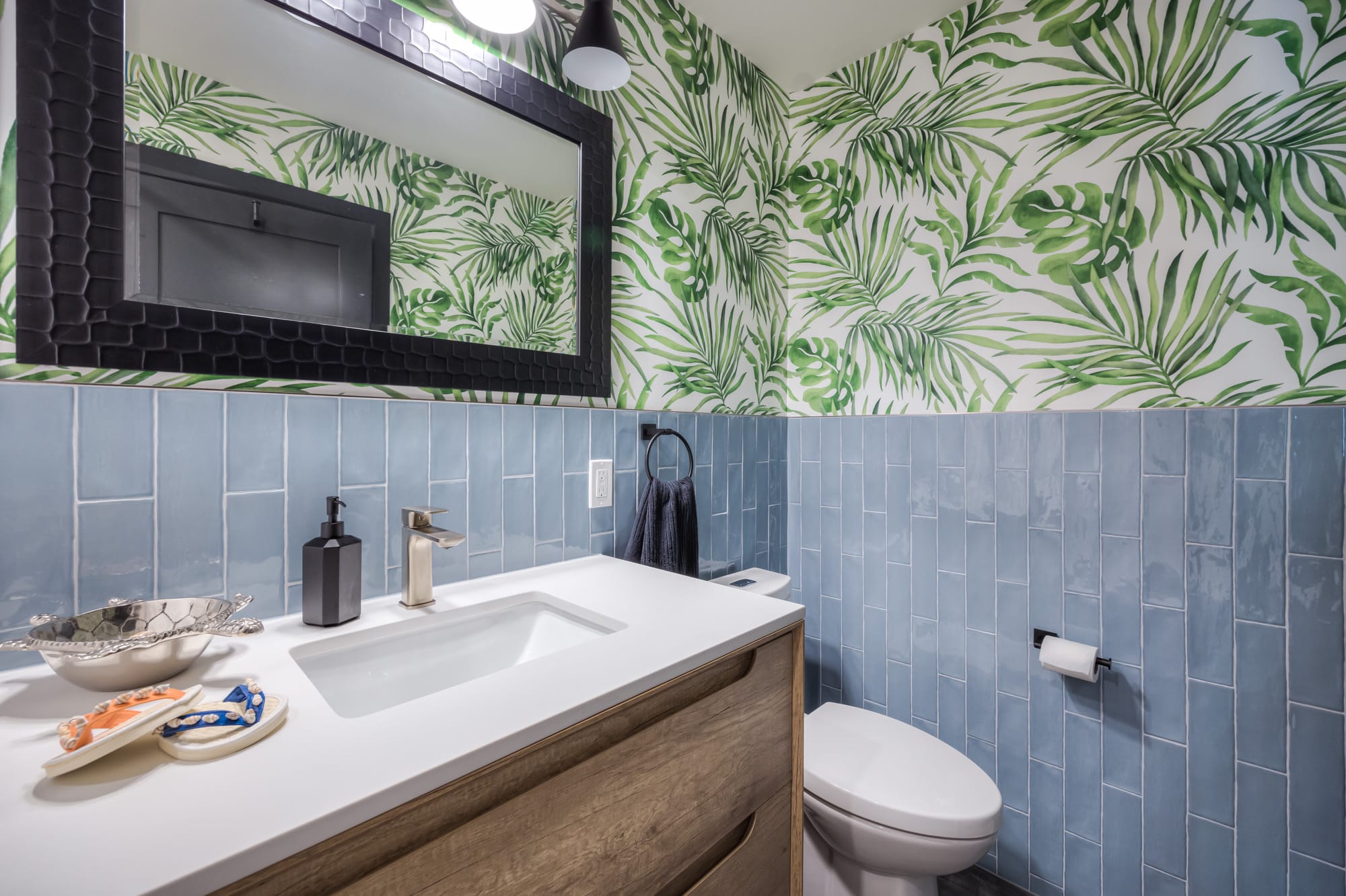Using colour effectively in your home can transform its atmosphere, create visual interest, and reflect your personal style. Here are some tips on how to use colour in your home:
Start with a Color Palette
Choose a primary colour palette that sets the tone for your home. Consider your favourite colours and the mood you want to create in each room. You can use tools like colour swatches, Pinterest, or interior design magazines for inspiration.
Consider Room Function:
Think about the purpose of each room when selecting colours. For example, calming and muted colours work well in bedrooms, while vibrant colours may be more suitable for a playroom or dining area.
Create Contrast:
Use contrasting colours to make certain elements stand out. For instance, a colourful accent wall can add drama to a room, or you can choose bold-coloured furniture against a neutral backdrop.
Consider Lighting:
Natural and artificial lighting can affect how colours appear. Test paint samples and fabrics in the actual lighting conditions of your home to ensure they look as expected.
Balance Warm and Cool Colours:
Warm colours (reds, oranges, yellows) can make a room feel cozier, while cool colours (blues, greens, purples) can create a calming atmosphere. Balance warm and cool tones for visual harmony.
Create Flow:
Use a consistent colour scheme or complementary colours throughout your home to create a sense of continuity from room to room. This doesn’t mean every room should be the same, but there should be a unifying theme.
Accent with Accessories:
If you’re hesitant to commit to bold colours on walls or large furniture pieces, incorporate colour through accessories like throw pillows, rugs, curtains, and artwork. These can be easily changed when you want a new look.
Experiment with Textures:
Textured surfaces in complementary or contrasting colours can add depth and interest to a room. Consider textured wallpapers, textured fabrics, or textured furniture.
Consider the Psychology of Colour:
Different colours can evoke specific emotions and moods. For example, blue is often associated with calmness, while red can be energizing. Keep this in mind when choosing colours for specific rooms or areas.
Personalize Your Space:
Your home should reflect your personality and style. Don’t be afraid to incorporate your favourite colours even if they don’t follow traditional design rules. Your space should make you feel comfortable and happy.
Stay Consistent with Your Theme:
If you have a specific theme or style in mind for your home, make sure your colour choices align with that theme. For example, a coastal theme might incorporate soft blues and sandy neutrals.
Test Before Committing:
Before painting an entire room or making major colour changes, try out samples in small sections to see how they look in your specific space. Paint swatches on the walls or use peel-and-stick decals to visualize the colours.
Remember that using colour in your home is a personal and creative process. Don’t be afraid to experiment and make adjustments until you achieve the desired look and feel that suits your lifestyle and preferences.u

